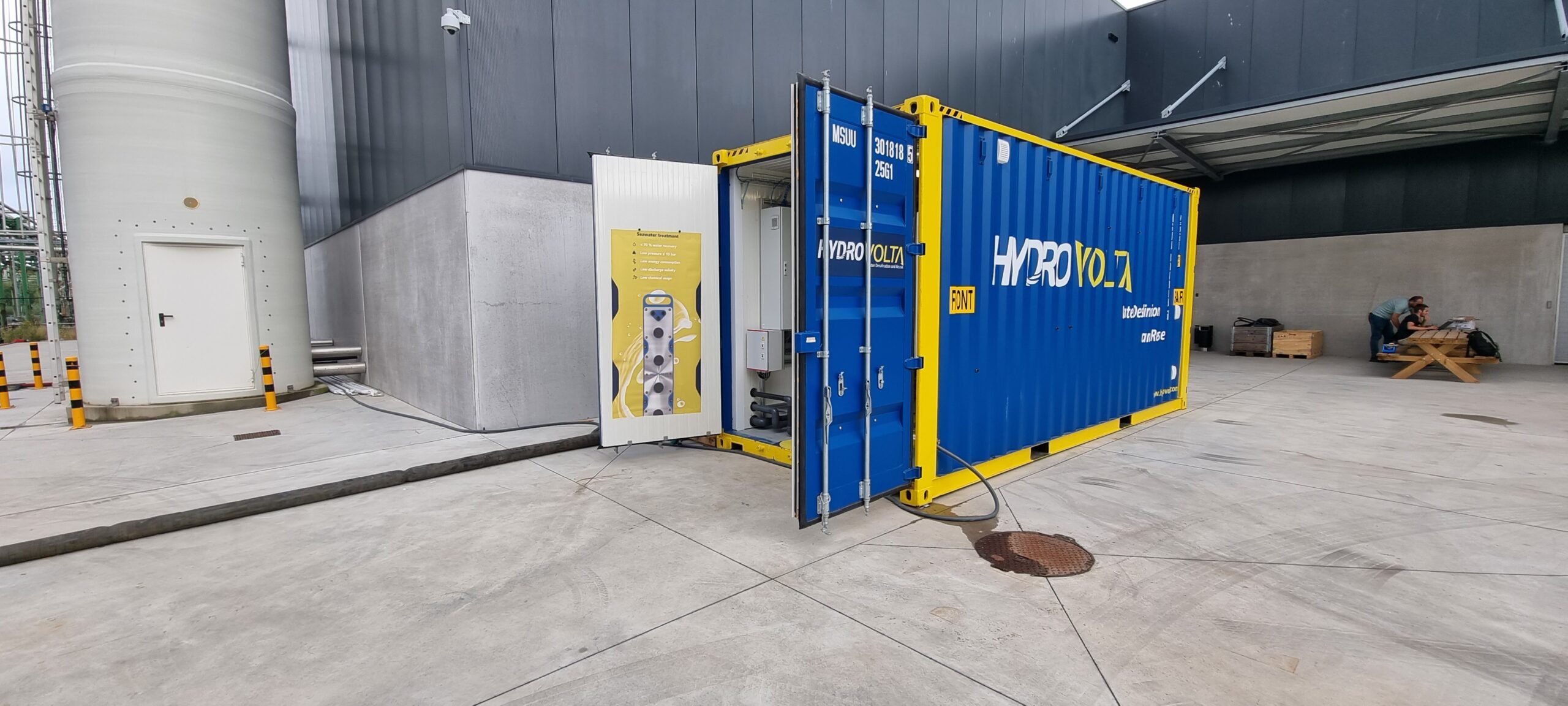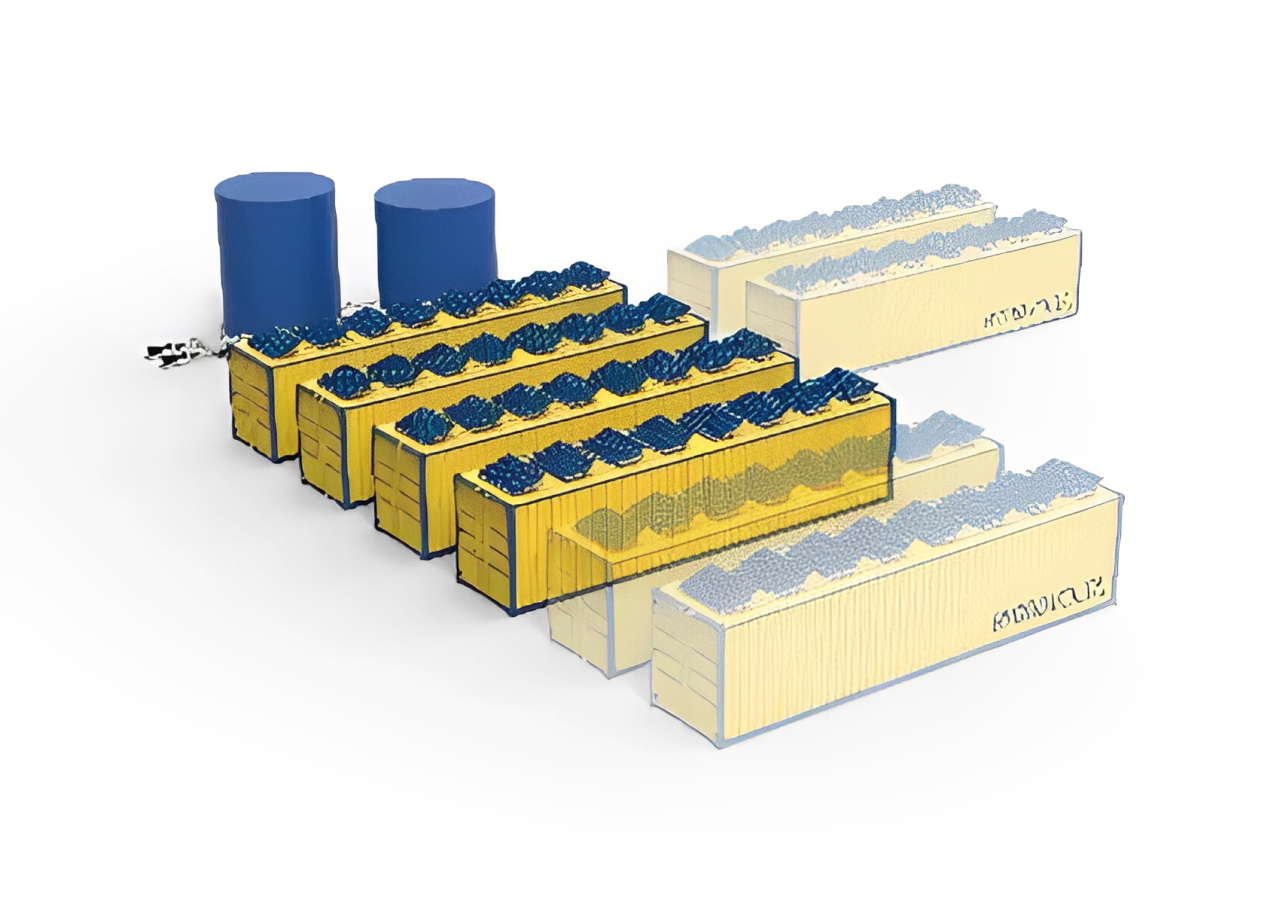Turning Salty Water Into Safe, Reusable Supply
Remove salts, nitrates & metals with 98% recovery and 50% less energy — engineered for zero liquid waste.
Found in arid regions or coastal aquifers, this water contains high salts, nitrates, and sulfates. Often too polluted for agriculture or drinking, but too valuable to ignore.
Typical Range: 2,000–10,000 mg/L TDS (~3,000–15,000 µS/cm)
Lakes, rivers, and canals affected by evaporation or runoff (e.g. fertilizers) often develop fluctuating salinity levels.
Typical Range: 1,000–7,500 mg/L TDS (~1,500–11,500 µS/cm)
Concentrated waste streams from desalination and industrial processes — often too saline to reuse or discharge safely.
Typical Range: 10,000–60,000+ mg/L TDS (~15,000–100,000+ µS/cm)
WHAT WE TREAT
Water Too Salty to Use? We Make It Reusable.
We specialize in water sources that most systems can't handle:
High TDS, nitrates, sulfates.
Rivers, lakes, and canals affected by salinity.
Concentrated waste from desalination or industry.

OUR SOLUTION – SALINBLOC™
A Complete Water Treatment System — Ready to Deploy
Our SalinBloc™ systems grow with your needs — from a single container to full-scale water treatment farms. Simply add modules to boost capacity, without redesigning the system.
- Up to 98% water recovery
- Up to 50% less energy
- Up to 80% fewer chemicals
- Plug-and-play in weeks
- Remote monitoring & alerts
- Solar or hybrid ready
Modular & Scalable by Design

Who We Help
Applications of the SalinBloc decentralized solution.
- Problem: Expensive water deliveries and limited space
- Solution: Off-grid desalination from seawater — no tankers needed
- Problem: Growing demand for clean water, unreliable sources
- Solution: Municipal-scale seawater desalination with low footprint
- Problem: Saline groundwater or agricultural runoff
- Solution: Brackish water desalination for irrigation reuse
- Problem: Nitrate-contaminated water affecting animal health
- Solution: High-recovery nitrate removal with SonixED™
- Problem: Salty process water and rising intake costs
- Solution: Treat and reuse brackish water to cut intake and discharge
- Problem: Brine waste and low recovery rates
- Solution: Reuse or mine brine reject to unlock more water and minerals
Still Not Sure?
Our Technology
SONIXED
Patented Technology
Built-in ultrasound technology keeps membranes clean in real time, cutting downtime and chemical cleaning cycles by over 80%.
SonixED™ runs on lower pressures than traditional systems, reducing energy consumption by up to 50% while increasing system lifespan.
Fully containerized and plug-and-play, each SonixED™ unit scales easily — ideal for decentralized deployment, fast commissioning, and minimal on-site construction.
SONIXED™ TECHNOLOGY
How It Works: Patented Electrodialysis with Ultrasound
Performance Highlights:
- TDS up to 100,000 mg/l
- 0.4–3.0 kWh/m³
- Minimal chemical use
APPLICATIONS
Where SonixED™ Makes the Greatest Impact
Saline Water Desalination
Desalinate high-salinity or brackish water up to 100,000 µS/cm with 98% recovery and ultra-low energy demand.
Brine Reuse & Industrial Recovery
Recover clean water from RO reject, cooling blowdown, and saline wastewater. Reduces discharge and enables near-zero liquid waste.
Mineral Extraction from Brine
Separate valuable ions like lithium, magnesium, and calcium using electrochemical precision and scalable modules.
CO₂ Mineralization (Advanced)
Capture carbon and convert it into stable carbonates for storage or reuse. An electrochemical decarbonization path — zero combustion required.

ABOUT US










PRODUCTS & SOLUTIONS
We treat hard-to-use groundwater from wells and aquifers with high salinity, nitrates, and sulfates — turning it into safe, reusable supply for agriculture, communities, and industry.
We recover clean water from salt-impacted lakes, canals, and rivers caused by evaporation or runoff — ideal for decentralized supply in rural and agricultural areas.
Our SonixED™ systems recover valuable water and minerals from concentrated RO reject or industrial brines — supporting ZLD, circular economy, and sustainable discharge reduction.

